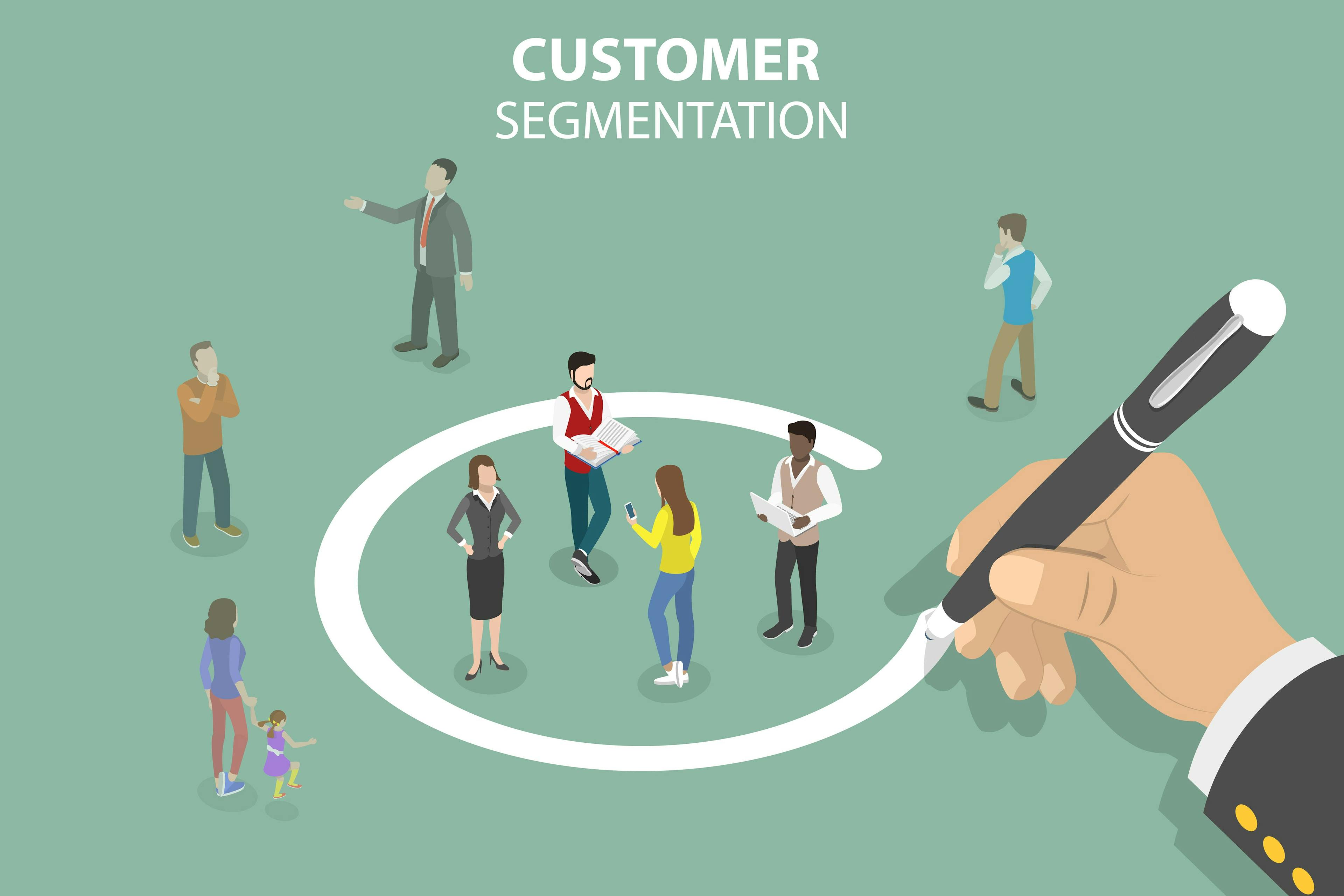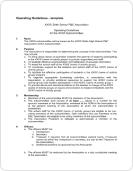The Benefits of Customer Segmentation with the RFM model

Natalie Miller

We just love a good customer, don’t we! But, what makes a good customer?
Is it that they shop with us often? Is it because they support each of our new product drops? Or that they always order with us for their mum’s birthday?
Hard to measure, isn’t it! There are so many clever tricks when trying to gauge the value of a customer. The best way of doing this is by segmenting them.
That’s why we want to introduce you to a simple customer segmentation model today.
The Three Ways of Customer Segmentation
It all starts with a little acronym by the name of ‘RFM’. This stands for recency, frequency and monetary (value).
These terms are pretty self-explanatory, but we’ll quickly give you an explanation.
- Recency – when last did a customer shop with you?
- Frequency – how frequently does a customer shop with you over a certain period?
- Monetary (value) – how much money has a customer spent with you over that certain period?
Answer these for yourself to gain more clarity for your unique business and offering.
The best way of answering these, is by giving them each a number. Take 1–3 for example, the higher a customer scores, the more valuable they are to you.
Recency
You can set this up how you like, but we’d suggest awarding a 1 for anyone who has shopped with you in the last 12 months. A 2 for anyone who has shopped with you in the last 8 months. And a winning 3 for anyone who has shopped with you in the last 4 months.
And do the same thing with Frequency and Monetary.
Frequency
Again, you determine this how you like, but an idea would be to award a 1 to anyone who shopped with you up to five times over a 12-month period. Award a 2 to anyone who shopped with you up to ten times over the same time frame. And a winning 3 for anyone who shopped over eleven times with you in a 12-month period.
Monetary
This figure you set will be determined on your business's price point, as all businesses have different ones. For the sake of this example, we’ll say that your sales prices are between €50 – €150. Give a 1 to anyone who spent €50 over a 12-month period. Award a 2 to anyone who spent over €100 over the same time frame. And a winning 3 for anyone who spent over €150 with you in that year.
These three figures will lead you to better understanding who your valuable customers are. Why is this important to know? It's useful information as you will then know who you want to target your marketing communication to. You have a 60-70% chance of selling to an existing client in comparison to a 5-20% chance of selling to a new customer.
A nifty way of sorting this out is by means of a table, which is probably easiest. So, your table should look a bit like this:

Winners? Customer D comes in third, with an RFM of 5. Customer B comes in second with an RFM of 6. And Customers E wins first place with an RFM of 9. You see, now it’s easy to see which of your customers are most valuable.
This doesn’t mean that they’re more important, but if you have clever features like ‘VIP’ shopping or if you can arrange faster shipping, these are the three customers you would want to offer this to.
Once you have worked this out, it will take you on a whole new adventure of calculations. You’ll get inspired to calculate your Average Order Value, Purchase Frequency, Customer Value and the ultimate Customer Lifetime Value.
Oh. You’re already up for that challenge?
Well, great! We have a blog on exactly those, see here for ‘Customer Lifetime Value – What is it & How to Calculate’.
Conclusion
Working out your RFM segmentation means that you are doing the groundwork for harder calculations. You are looking at the foundational elements of analyzing a customer. It feels slightly odd to speak of customers in terms of value, or dividing them up through clever segmentation. It all feels a bit sterile, but it isn’t meant in this way in the least.
What segmenting correctly means, is that you as a business will not only know which customers support you the most, but you will be able to market directly to them in a more personalized way. You will have a better understanding of how they shop, how much they spend, how often they shop etc.
This allows you to supply your loyal customers with information that suits them and that is tailored to them. This benefits them too. They will receive news on products and from a company that they truly enjoy being a customer of. You will also be able to reward your VIP customers, as you will finally know who they are! Spoil them with discount codes, access to new releases or gift cards! It’s a win-win situation for both of you.
If there is anything else you would like to know about RFM, or if you need help calculating it, be sure to pop us an email on hello@especial.digital or contact us through our website.
Found this helpful? Share this post with your colleagues and friends

Natalie Miller
Marketing ManagerCONTACT
Would you like to know more?
Let us help you!

Don't want to miss anything?
Subscribe to the Especial Newsletter now and stay up to date with all our exciting ecommerce news!